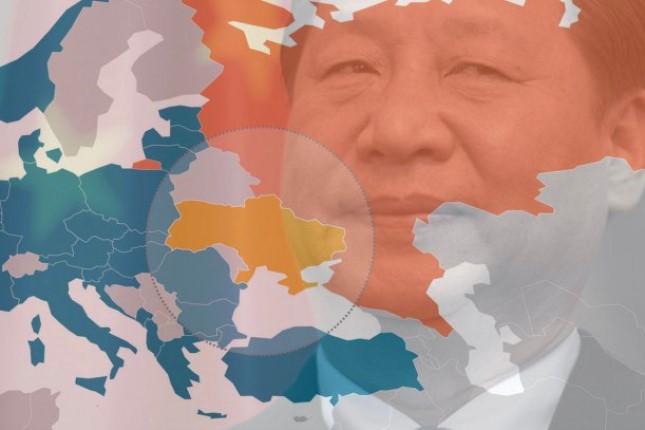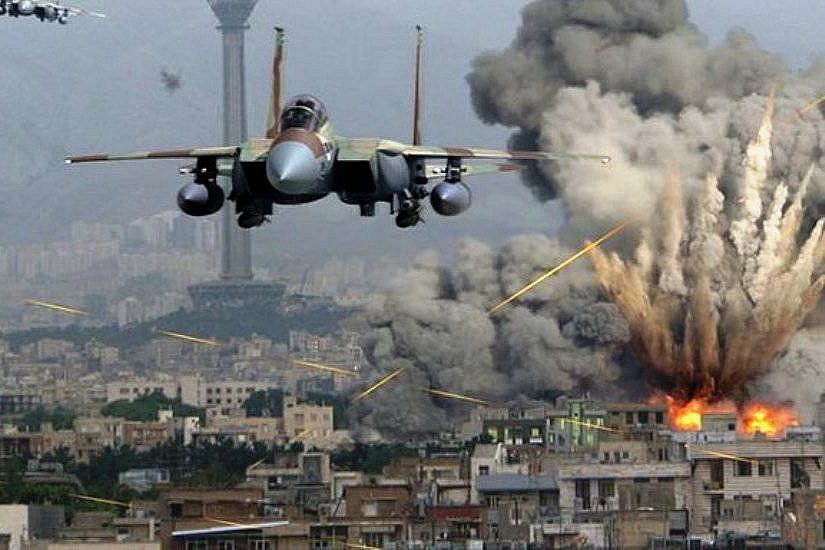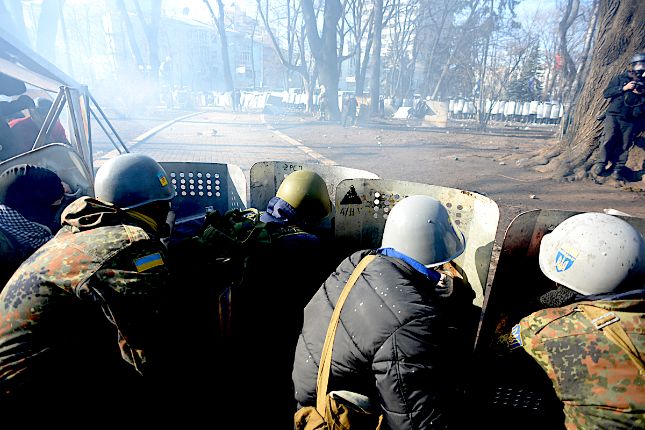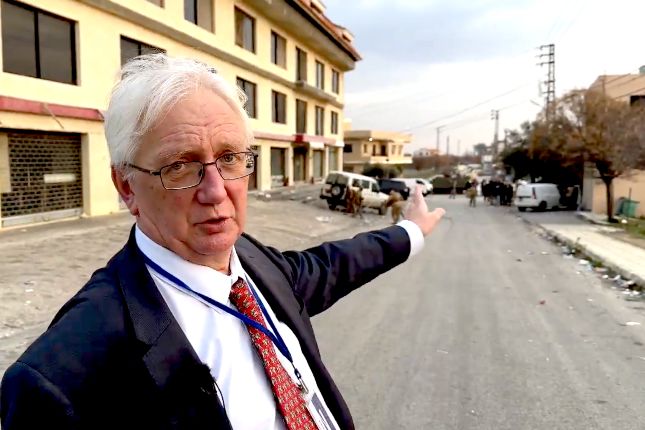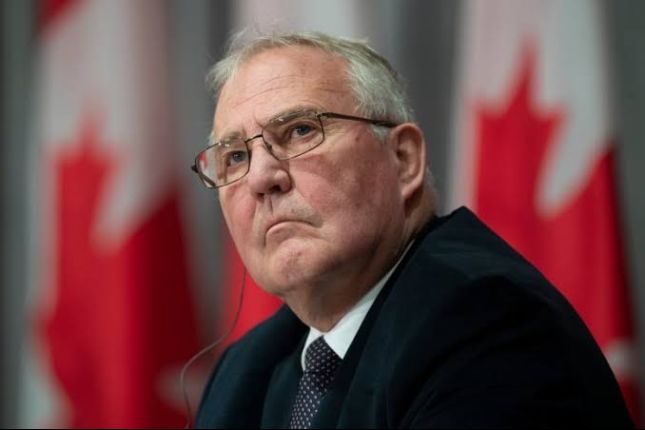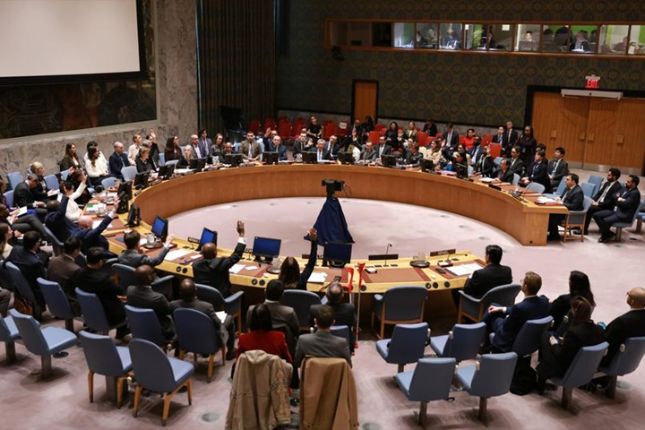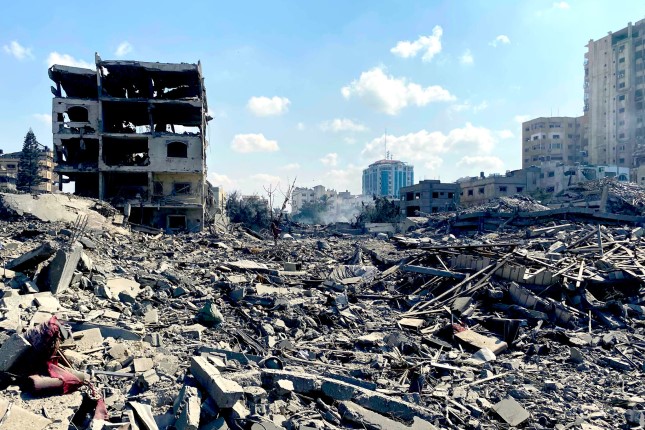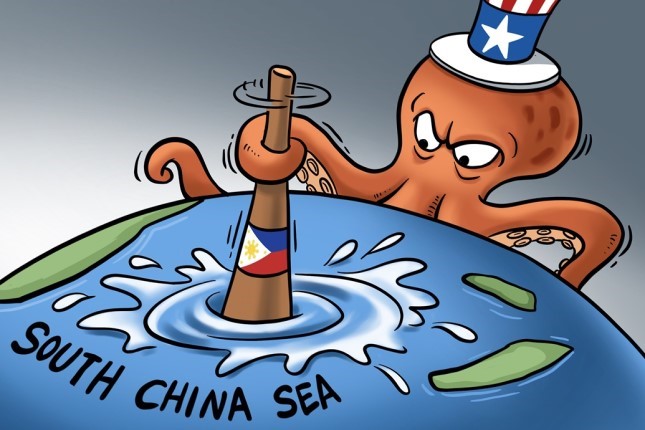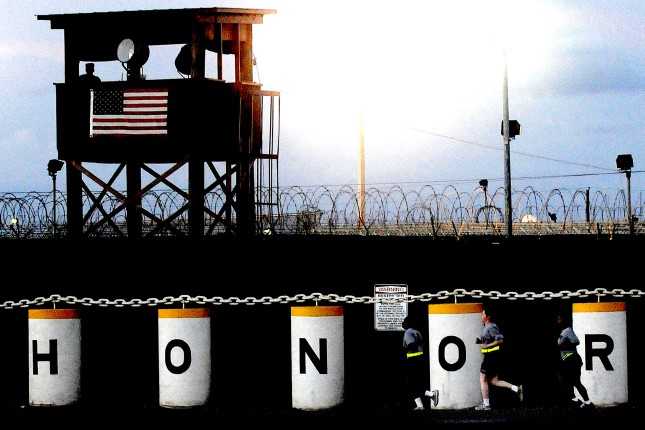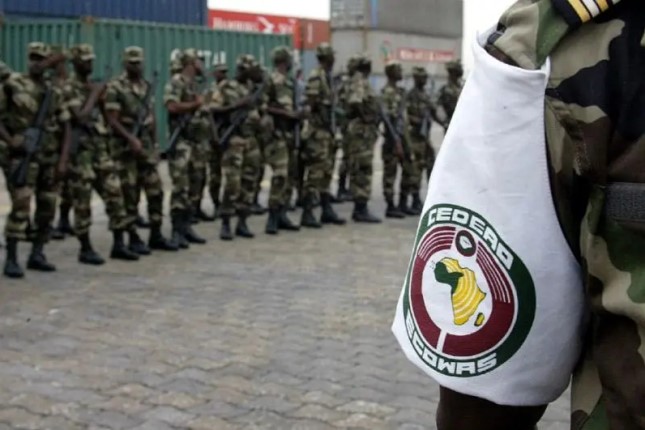A gloomy assessment of Ukraine’s prospects for victory against Russia emerged from a recent private gathering of former top US soldiers, intelligence officials and scholars with resumes reaching from the Reagan to the Trump administrations.
Short of trained personnel and ammunition, one speaker argued, Ukraine’s President Volodymyr Zelensky might consider a Chinese peace plan, especially after Beijing’s successful mediation of the Iran-Saudi dispute.
The several dozen attendees, many of whom had held cabinet or sub-cabinet positions, met under Chatham House rules, which forbid identification of individual participants but allow the content itself to be presented.
Overwhelmingly, the sentiment of participants leaned towards escalation in the form of providing additional weapons to Ukraine. One prominent analyst proposed the formation of a “foreign legion” of fighters from other countries to supplement Ukraine’s shrinking pool of trained manpower.
The great majority of participants favored risking everything for absolute victory over Russia. None of the attendees mentioned the qualms that former president Donald Trump voiced on May 17 about the risk of nuclear escalation in Ukraine.
The question of how the Russia-Ukraine war might escalate into a broader conflict received no attention. Their frustration, rather, was that Ukraine seems less likely to defeat Russia, even if the West makes the maximum effort and risks escalation.
We should not be surprised, one of the lead presenters said at the end of the conclave, if Ukraine’s President Zelensky takes up China’s peace plan. No one in the West anticipated that China would mediate between Saudi Arabia and Iran.
Although Washington has dismissed China’s peace plan for Ukraine, Zelensky has not. Russia would keep the Sea of Azov and most of the Donbas, a settlement that might be forced on Ukraine as it runs out of manpower and ammunition. America’s view of China is “primitive,” the expert added, and tends to underestimate Chinese sophistication.
A spokesman for the National Security Council dismissed the Chinese initiative, which calls for an immediate ceasefire, noting that a ceasefire would allow Russia to remain in place on territory it seized from Ukraine.
Ukraine has sustained two-thirds as many casualties as Russia, but with a third to a quarter of Russia’s population, is far less able to sustain them, according to one expert who spent many months on the ground in Ukraine.
The entire army that NATO trained between 2014 and 2022 in preparation for a Russian attack is dead, and recruits are being thrown into battle lines with three weeks of training.
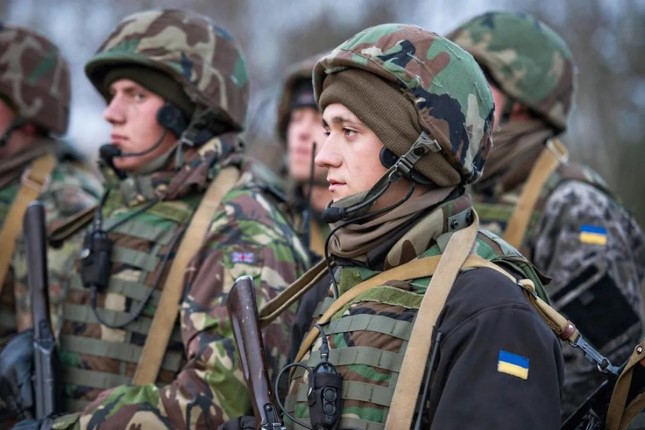
Ukraine’s best soldiers have already been killed in the war. Photo: US Department of Defense.
It isn’t that Ukraine will literally run out of live bodies, but that the quality of its armed forces, enlisted men as well as officers, has deteriorated. Critical parts of the civilian economy will collapse as manpower is shifted to the military.
This expert put Ukraine’s “unrecoverable” casualties (killed or seriously wounded) at two-thirds of Russia’s: 120,000 Ukrainian dead or seriously wounded versus 150,000 to 200,000 Russians.
Other estimates from expert US analysts are slightly higher for Ukraine, but the strategic conclusion is the same: With a much larger military, Russia will win a war of attrition. One Ukrainian battalion lost 600 men in January, received 700 replacements, and then lost 800 men in February—a 60% casualty rate over two months.
The prospects for a breakthrough to end the stalemate along the Line of Contact are poor, the rapporteur continued. The expected Ukrainian Spring offensive is one of the most anticipated maneuvers in military history, and Russia has had plenty of time to prepare defensive positions. Ukraine would need 650 modern main battle tanks and 1,000 armed personnel carriers to make a difference, in the view of one expert.
Another former senior US commander argued that the United States should send 1,000 Abrams M1 tanks to Ukraine, although he didn’t explain from where they might be obtained. Ukraine should receive weapons that can destroy targets deep inside Russia, he added, and the US “should get rid of the artificial boundary that says Ukraine can’t strike into Russia. Russia is part of the battlefield.”
America has political constraints on aid to Ukraine, a former senior Pentagon official objected: If we cannot provide large amounts of aid two years from now, we are better off cutting our losses now.
A foreign policy analyst who has advised the US Defense Department noted that Putin can call up 1.7 million reserves if he has to. “It may be fun to sink Russian ships in the Black Sea or to destroy targets inside Russia,” he said, “But it doesn’t relieve pressure on Ukraine. It’s like the American Civil War. The South fought more effectively, but the North had an overwhelming advantage in manpower and munitions. By 1865, the South didn’t have enough soldiers to defend Richmond.” He proposed an international army of volunteers to fight for Ukraine.
A former senior foreign policy official proposed that the United States threaten China with sanctions to limit its support for Russia. Although sanctions on Russia haven’t worked, China is a different case, he argued, because it is more integrated than Russia into the world economic system.
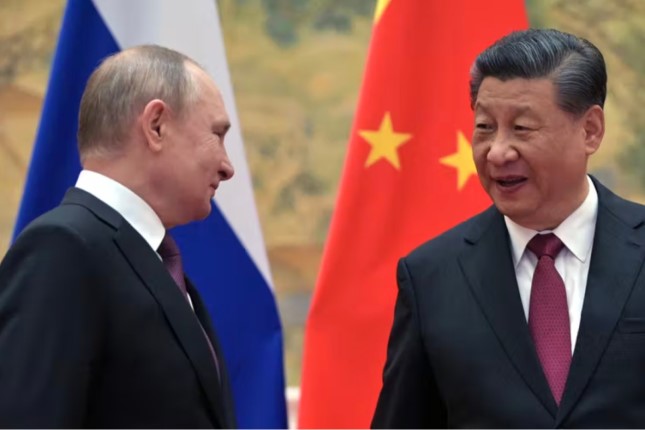
Russian President Vladimir Putin and Chinese President Xi Jinping in a file photo. Photo: AFP / Getty.
There is a lot of anti-Russian sentiment in China, he added, and the Chinese people won’t like the idea of accepting hardship to help Russia. Ukraine and China, he added, “have a robust partnership going back decades.”
I am at liberty to report what I told the group. The Ukraine war has set in motion a global realignment, including the China-Iran-Saudi agreement. Looking at America’s blunders in Ukraine, the Saudis have concluded that America won’t put boots on the ground in the Middle East and are looking for other friends.
Turkey has flourished as a trade intermediary between China and Russia, and has patched up relations with the Gulf States as well as Israel. India, supposedly an ally against China, has become Russia’s biggest customer for oil and has vastly expanded its trade with China, which now provides 30% of its non-oil imports.
The United States is losing influence catastrophically by underestimating Russia. It doesn’t have the industrial capacity to provide artillery ammunition to Ukraine. The best policy is an immediate ceasefire, I argued.
That would be a humiliation for the United States, but a salutary one. In the 1970s, Vietnam did the US a favor by humiliating it before Russia did. The Vietnam debacle made possible a complete rethinking of US defense strategy, and America’s ultimate victory in the Cold War. Putin may thus be doing the US a favor by humiliating it now.
Main photo: China has a plan for peace in Ukraine © Screengrab / Twitter / ISPI.
Source: Asia Times.
